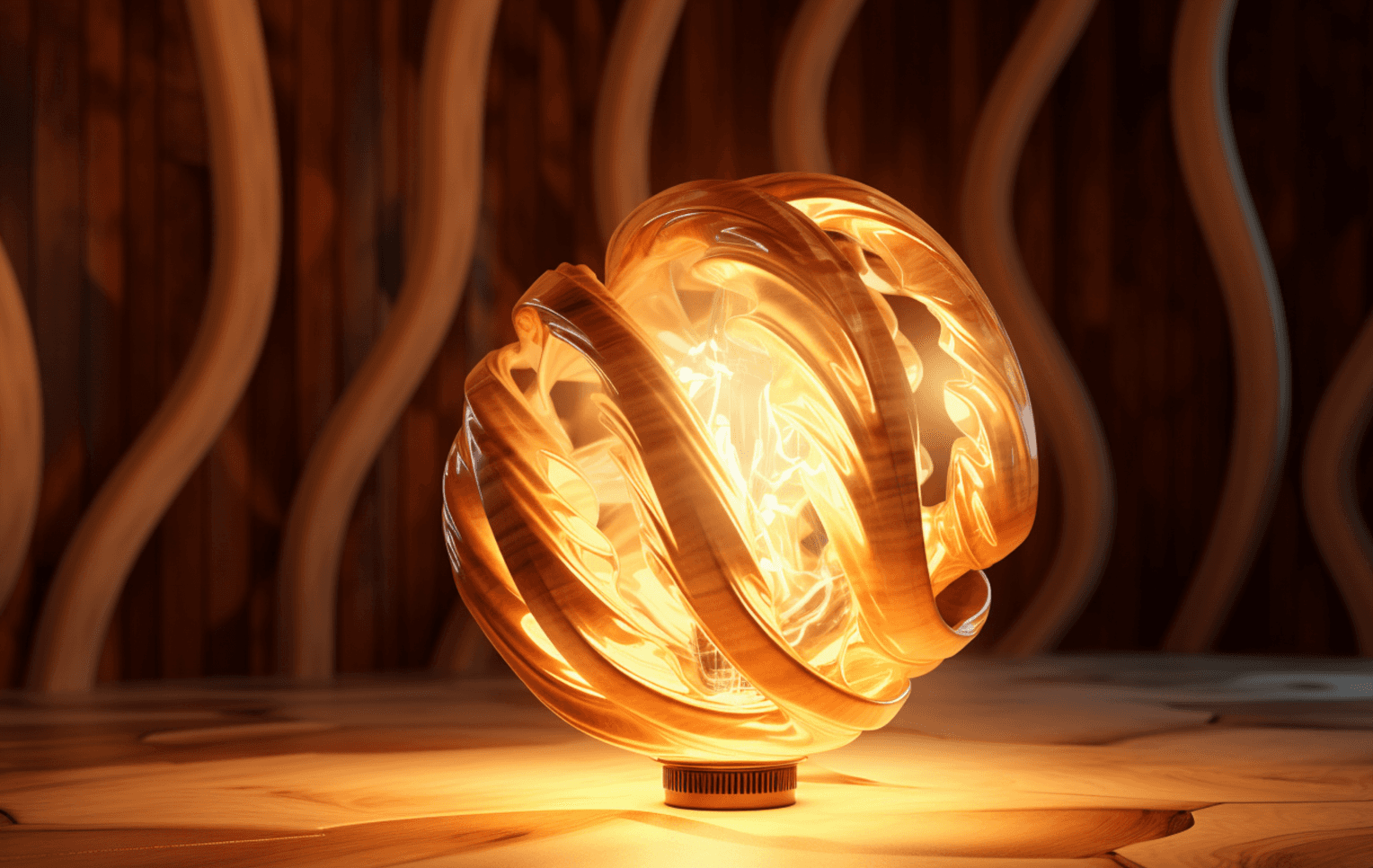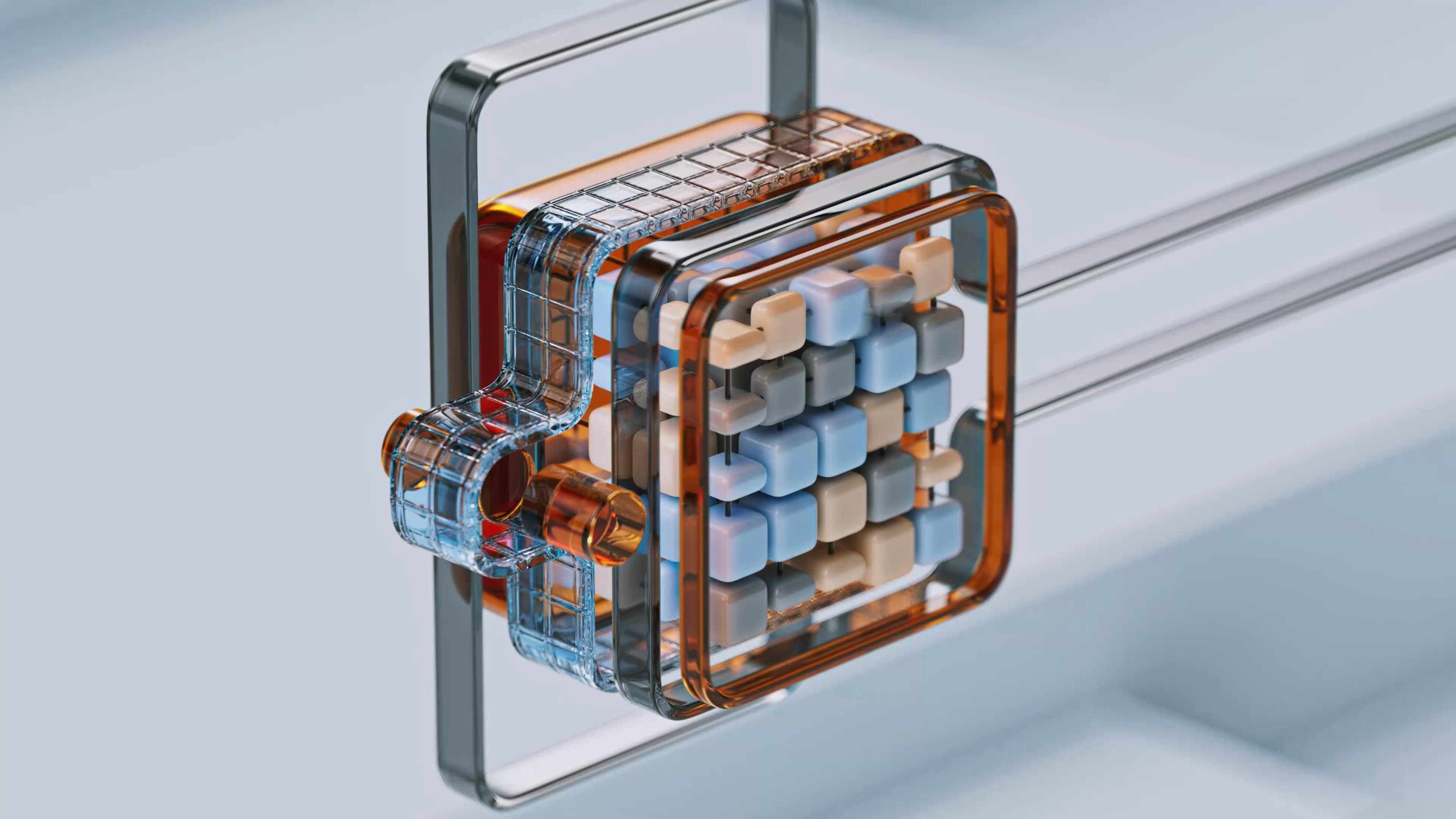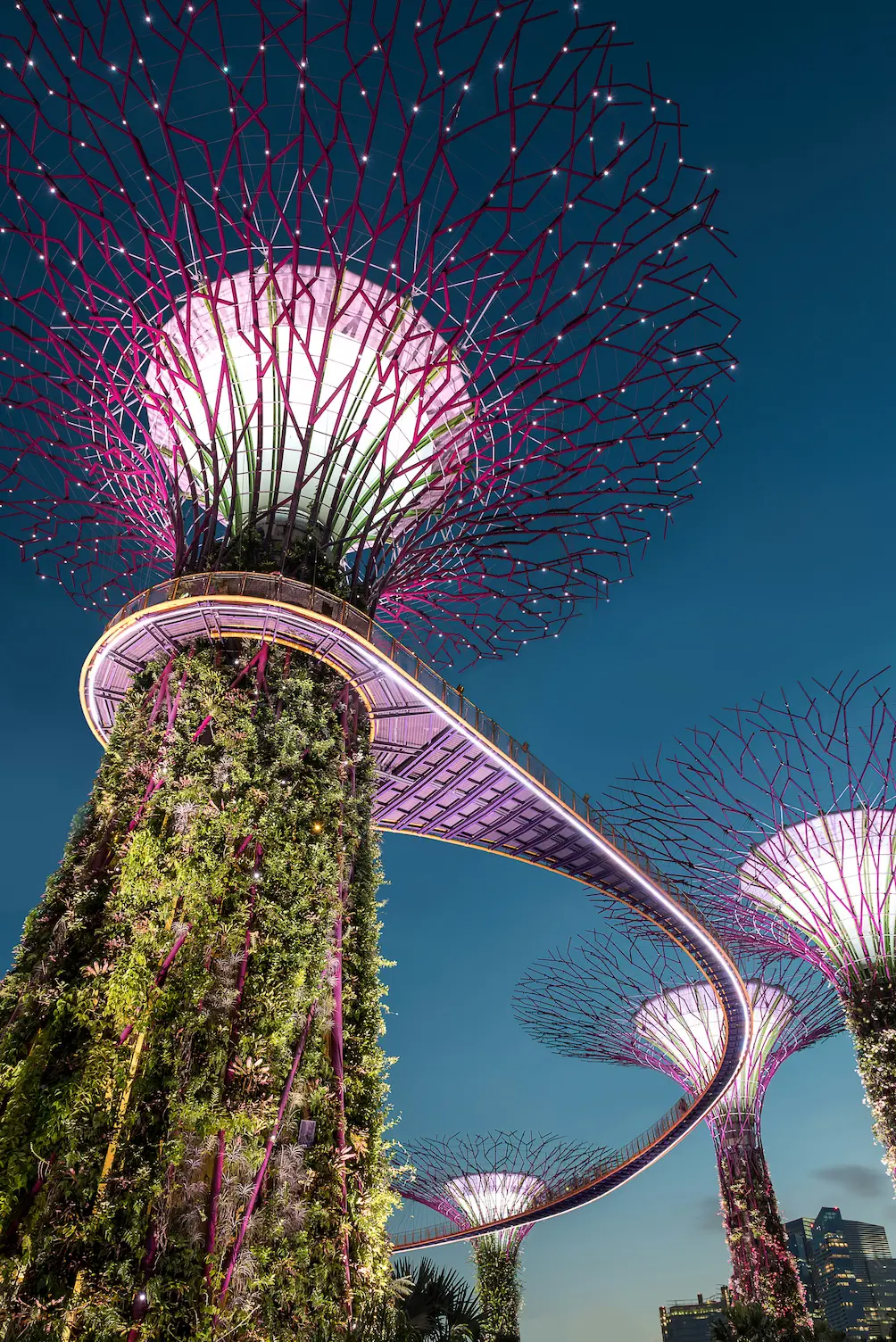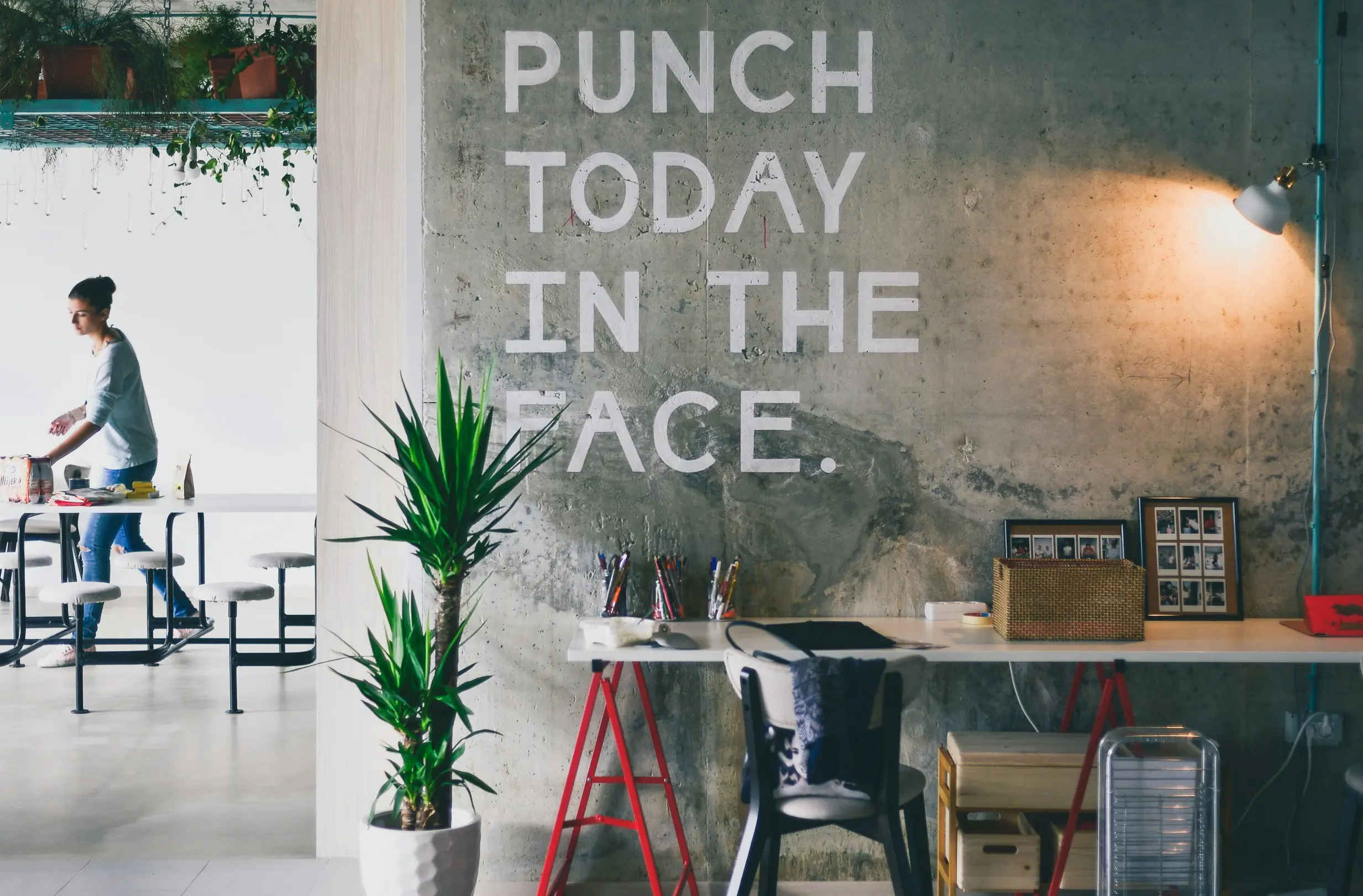Color is more than just a visual element; it's a powerful tool used by artists to evoke feelings, convey messages, and shape the viewer's experience. Throughout history, different colors have been associated with a wide range of emotions and ideas, influencing both the mood of the artwork and the viewer's emotional response.
The psychology of color
The Psychology of Color: Colors have a deep psychological impact on our minds. From the calming effect of blue to the energizing power of red, every hue can provoke a specific emotional reaction. In art, these emotional connections are harnessed to create meaning.
Red: Often associated with passion, energy, and even danger. In art, it can evoke intensity, love, or anger.
Blue: Typically linked to calmness, tranquility, and depth. It's frequently used to create a soothing atmosphere.
Yellow: A color of happiness and optimism, though in certain contexts, it can also represent caution or anxiety.
Green: Symbolizes nature, growth, and balance, often used to evoke freshness or peacefulness.
Color in art history
Artists across centuries have used color to define movements and shift perspectives. The bold reds of the Renaissance, the bright pastels of Rococo, and the expressive blues and greens of Impressionism all demonstrate how color can dictate the tone of an entire era in art.
Impressionism: Artists like Claude Monet used bright colors to capture fleeting moments of light and emotion, emphasizing how color can influence our interpretation of scenes.
Abstract Expressionism: Painters such as Mark Rothko and Jackson Pollock used large areas of color to evoke raw, visceral emotions, challenging traditional representation.

The benefits extend far beyond individual structures, creating healthier communities and a sustainable planet. As designers and stewards of the built environment, embracing sustainable architecture is a critical step toward securing a brighter, more sustainable future for generations to come.
Emotion in modern art & design:
Today, color continues to play a crucial role in both fine art and design. Designers and digital artists carefully select color palettes to evoke specific emotions in marketing, branding, and web design. Modern art uses color in more experimental ways, challenging viewers to think about their relationship with color and emotion.
Reduced Environmental Impact
Energy and Cost Savings
Enhanced Comfort and Well-Being
Resilience and Durability
Cultural differences in color interpretation
It’s important to remember that color’s emotional impact can vary across cultures. While white may symbolize purity in many Western societies, in some Eastern cultures, it’s associated with mourning and loss. These cultural differences add another layer of complexity to how we interpret color in art.
Passive House Design
Green Roofs and Living Walls
Net-Zero Energy Buildings
Color continues to play a crucial role in both fine art and design. Designers and digital artists carefully select color palettes to evoke specific emotions in marketing, branding, and web design. Modern art uses color in more experimental ways, challenging viewers to think about their relationship with color and emotion.
“Color is a power which directly influences the soul. Color is the keyboard, the eyes are the harmonies, the soul is the piano with many strings. The artist is the hand that plays, touching one key or another, to cause vibrations in the soul. Colors, like features, follow the changes of the emotions.”
Conclusion:
Color remains one of the most powerful tools in an artist's arsenal. By understanding the emotional and psychological effects of color, both artists and viewers can gain deeper insights into the works they create and experience. Next time you see a painting or walk through a gallery, take a moment to consider how the colors make you feel and how they guide your emotional journey through the artwork.
Join our community of innovators and receive the latest articles.




